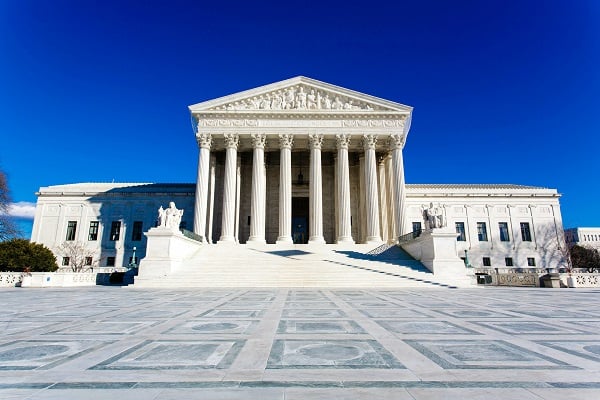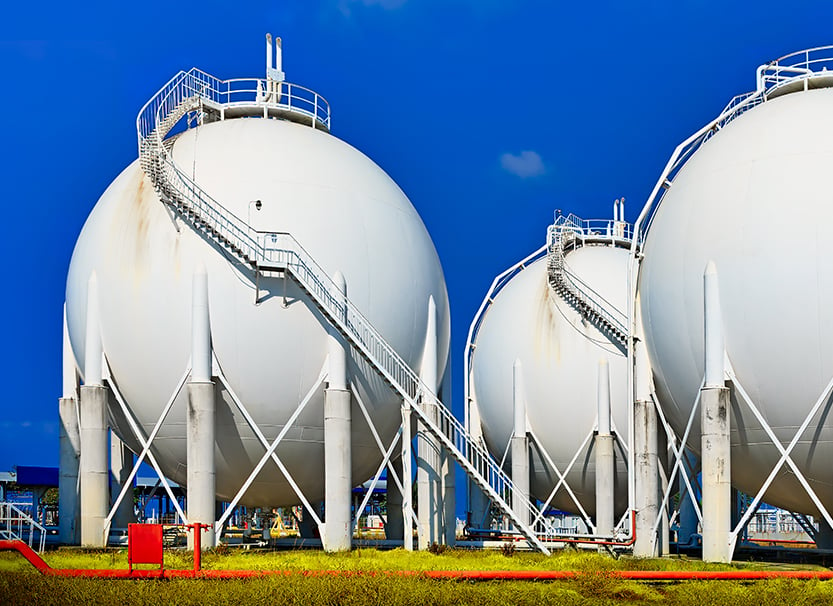EPA Proposes to Rescind Two Biden-EPA Fossil Fuel-Fired Power Plant Rules
On June 11, the EPA proposed two Clean Air Act (CAA) rules that would affect fossil-fuel fired electric generating units (EGUs). One rule would repeal greenhouse gas (GHG) standards under Section 111 and the second would repeal the 2024 EPA amendments to the mercury and air toxics (MATS) standards. The proposed rules are a part of the current administration’s stated goal to promote U.S. energy by reducing regulation of the power sector. The EPA estimates that, together, the two rules will save more than $1.3 billion in regulatory costs per year. Here are five key takeaways from these proposals.
Proactive Risk Management in the Face of Opposition to Data Centers and Crypto Mining
The rapid growth of artificial intelligence (AI), cloud computing, and cryptocurrency continues to drive unprecedented U.S. demand for energy. This acceleration is encountering an increasingly organized wave of opposition, particularly to the siting of electric generation assets required to operate data centers and crypto mining facilities. A new report from the Environmental Integrity Project (EIP), A Pollution Footprint the Size of Texas, sharply criticizes the permitting of new natural gas power plants in Texas — many of which are being built for proposed to power data centers and crypto mines.

EPA Drops Suit Against eBay
On April 24, 2025, the United States, on behalf of the U.S. Environmental Protection Agency, voluntarily dismissed the government’s appeal of a district court order rejecting claims that eBay violated the Clean Air Act (CAA), the Federal Insecticide, Fungicide, and Rodenticide Act (FIFRA), and the Toxic Substances Control Act (TSCA). This means the district court’s dismissal of the case against eBay will stand.

EPA Advances State Primacy for Underground Injection Control Class VI Well Programs: Key Updates for Carbon Sequestration Efforts
The U.S. Environmental Protection Agency (EPA) continues to take steps to expand state primacy for the Underground Injection Control (UIC) Class VI well program, established under the Safe Drinking Water Act (SDWA). Class VI wells, added as a distinct category in 2010, are used to inject carbon dioxide into deep rock formations for the purpose of long-term geologic carbon sequestration.
U.S. Environmental Protection Agency Extends PFAS Reporting Rule Submission Period
On Monday, May 12, 2025, the U.S. Environmental Protection Agency (EPA) announced an interim final rule to extend the reporting period for the EPA’s rule requiring data submission on per- and polyfluoroalkylated substances (PFAS Reporting Rule).

U.S. Environmental Protection Agency Announces New PFAS Action Plan
On April 28, 2025, U.S. Environmental Protection Agency (EPA) Administrator Lee Zeldin announced the Agency’s plan to address per- and polyfluoroalkyl substances (PFAS) during the second Trump Administration. PFAS are manmade chemicals—of which there are thousands—commonly found in textiles, cookware, packaging, plastics, and firefighting foams. These “forever chemicals” are persistent in the environment and human body, as they do not break down and can accumulate over long periods of time. EPA’s outlined action plan calls upon its investigatory, regulatory, and enforcement powers under various statutes, including the Toxic Substances Control Act (TSCA), Clean Water Act (CWA), Safe Drinking Water Act (SDWA), Resource Conservation and Recovery Act (RCRA), and Comprehensive Environmental Response, Compensation, and Liability Act (CERCLA).

Presidential Exemption for Certain Stationary Sources of Air Pollution
The Environmental Protection Agency (EPA) has opened an electronic mailbox to allow regulated sources to request a Presidential Exemption under section 112(i)(4) of the Clean Air Act (CAA) from nine National Emission Standards for Hazardous Air Pollutants (NESHAPs) that EPA is reconsidering (see table below) across the energy, manufacturing, and chemical sectors.
The Future of Environmental Review of Federal Permitting Remains Unsteady as White House Seeks to Rescind NEPA Regulations
On February 19, 2025, the Council on Environmental Quality (CEQ) submitted a proposed Interim Final Rule rescinding its regulations implementing the National Environmental Policy Act (NEPA). The Rule will become effective 45 days after its publication in the Federal Register, marking the end of nearly 50 years of CEQ regulations serving as the foundation for federal environmental reviews. This Interim Rule comes right at the deadline set by President Trump’s Executive Order (EO) 14154—Unleashing American Energy—which rescinded CEQ’s authority to issue NEPA regulations and revoked President Carter’s EO 11991, which had originally directed CEQ to promulgate implementing regulations.

President Trump’s Executive Order Seeks to Reduce Federal Regulation
President Trump’s January 31, 2025, Executive Order (EO) titled “Unleashing Prosperity Through Deregulation,” is a part of the new Administration’s broader policy to reduce federal regulation. The EO finds that federal regulations impose significant costs and complexities on American citizens and businesses that hinder economic growth, innovation, and global competitiveness – and it is the Administration’s policy to alleviate these burdens. This marks a policy change from the approach of the prior administration and is a broader effort than the regulatory reforms of the first Trump Administration.

EPA Announces List of Manufacturers Subject to Fees for Chemical Substances Under the Toxic Substances Control Act
On December 31, 2024, the U.S. Environmental Protection Agency (EPA or the Agency) published a determination in the Federal Register announcing the availability of preliminary lists of manufacturers of five chemical substances designated as “High-Priority Substances” under Section 6 of the Toxic Substances Control Act (TSCA). The manufacturers — including importers — of these chemical substances will be subject to fees and reporting requirements under TSCA’s implementing regulations.

